Perk Up with 6 Tasteful Malaysian Drinks
Lighten your mood and rejuvenate your senses with 6 must-try Malaysian drinks!
Discover the authentic in Asian cuisine food
Around the World, Tips & Tricks
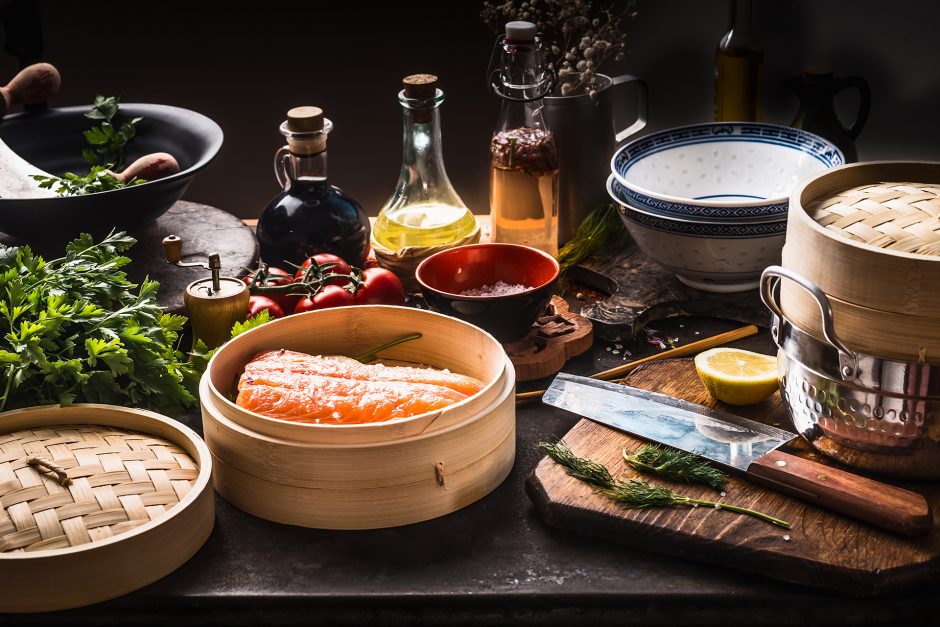
Culinary is an art in all cultures, and the kaleidoscopes of flavours in the world are all cooked with unique kitchen tools for every cuisine. Most Asian kitchenware has traditional roots stretching back millennia, though many today have been modernized as technology progressed. While you can create yummy Asian dishes with other kitchenware, cooking with authentic tools can make it a lot simpler, and actually does affect the tastes in subtle ways. In fact, some might even aid your ventures with other cuisines.
Here are 12 amazingly practical Asian kitchenware to make your cooking a breeze.
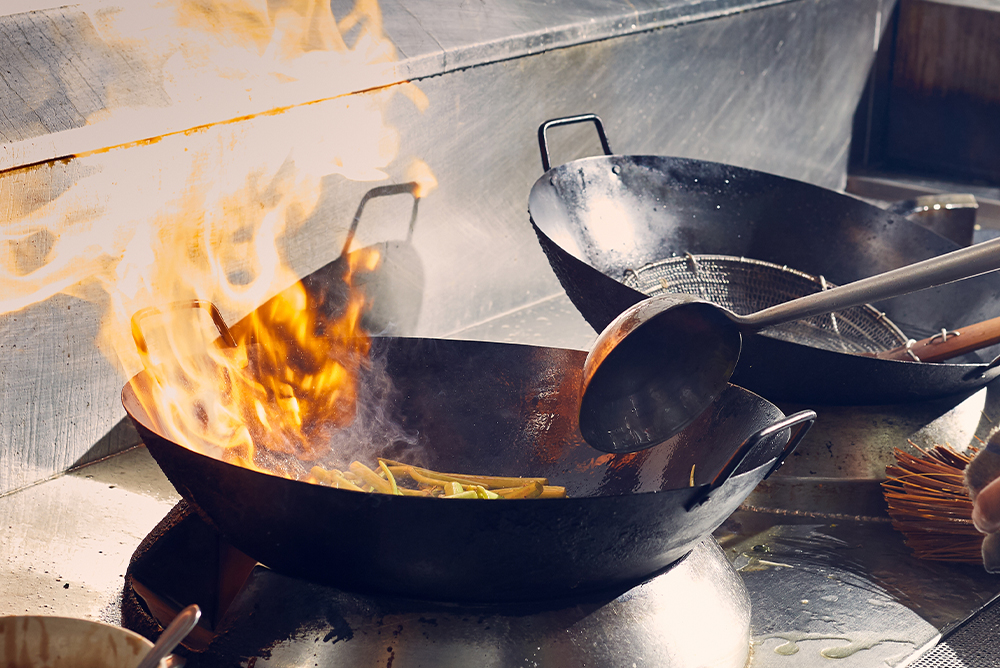
Probably the most basic and versatile tool to have. The wok can handle all heats and is indispensable in Chinese, Korean and Southeast Asian cuisines. Although most commonly known for stir-fries, the wok is also great for deep-fries and steaming – thanks to its big bowl-like shape.
For stir-fries, a flat-headed spatula called hoak is the must-have utensil. Coat the wok with a thin layer of oil, fire up to high heat, drop in your ingredients, and stir till well-cooked. The simplest method to cook up a delicious meal, but mastering the ‘wok hei’ imbues your dishes with a subtle smoky aroma.
For deep-fries, fill the wok with cooking oil, cook till boil, put in your marinated goodies, and fry till golden brown. The trick is keeping the heat consistently high, and lifting the food from the wok at the right time. This actually gives you deep-fried dishes that have very little oil.
For steaming, fill the wok with water till it boils, and put in your prepped dish in a bowl or a small pot. Close the wok lid to trap the heat and let it steam. It’s really that simple.
If you’re looking to buy a wok, don’t get the non-stick type. Wok cooking rarely sticks. That’s what the hoak is for. Also, the coating materials in non-stick wares aren’t actually safe for high temperatures. So, always go for stainless steel, or carbon steel made. Some woks also come in a full-set with hoak and lid.
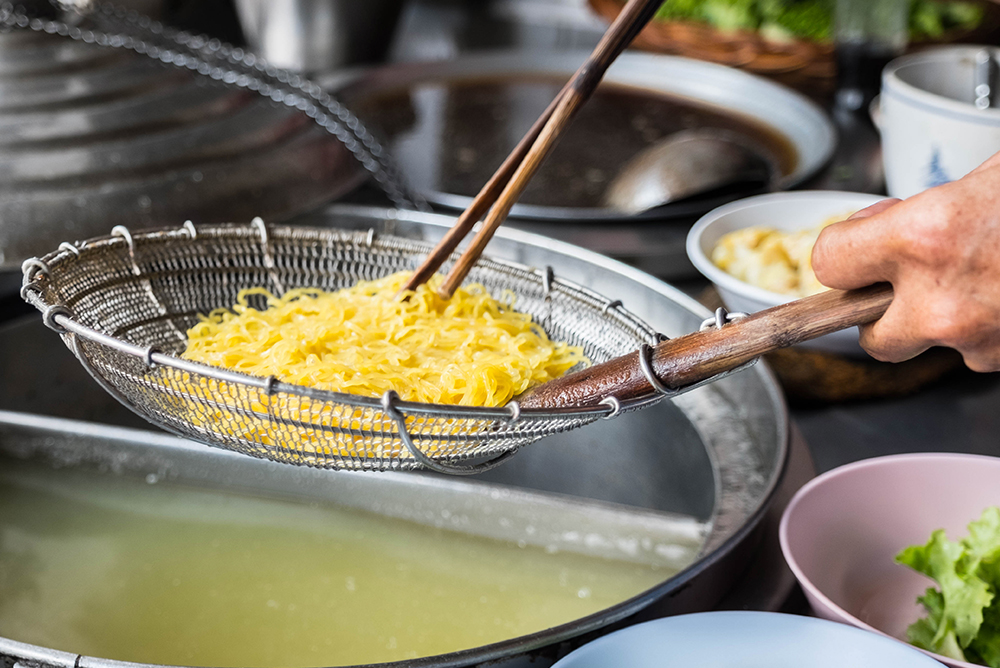
No, not arachnids, but a round wire-meshed scoop for boiling and deep-fries. Highly heat-resistant, with a wide plate-like shape to easily lower your ingredients into boiling water or hot oil, cook, and lift without hassle. Check out its awesome advantages over similar tools here.
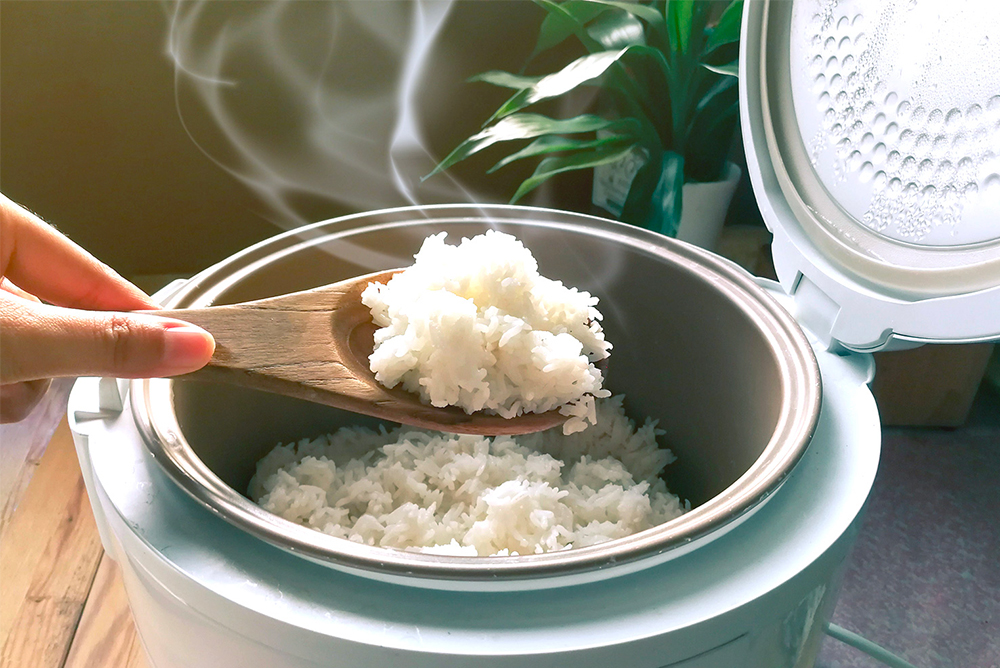
Asians have been cooking rice for millennia, and every culture has their earthenware pots and spots in the kitchen, specially made for the task. Then, the Japanese invented the modern electric rice-cooker during the 1940s, and this marvellous ware had dominated pretty much all Asian kitchens, be it household or restaurant. Sure, you can still cook rice without one, but to have perfect fluffy rice every time, and super easy, the rice-cooker is your ultimate friend. But that’s not all, the rice-cooker is also great for slow-cooked stews, and can even be used to make cheesecake and pancake!
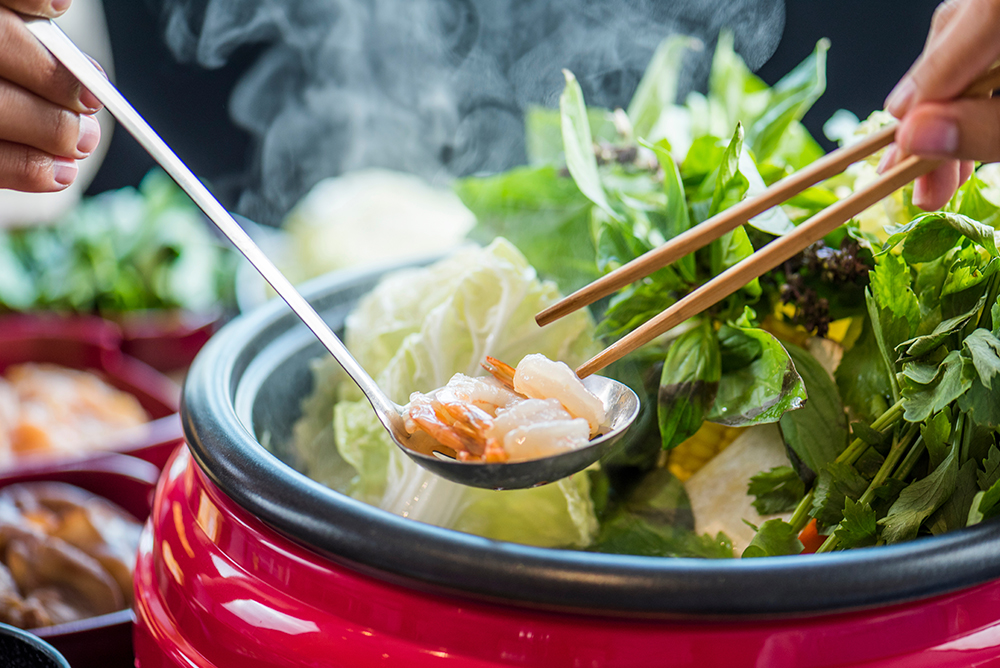
Technically, any large pot can be your hotpot, but specialized Asian hotpots usually come with a mini-stove for easy round table cooking. There are also metal and earthenware options, as well as ones with sections for different soup types. A hotpot skimmer is also used – a ladle with holes to drain the hotpot soup.

We talked about steaming with a wok, and it’s best to use a heat-resistant ‘holder’ to place your dish above the boiling water. You can flip a small sturdy bowl for this, or get a metal steam rack! Comes in short or tall legs design.

If you’ve visited an authentic yum cha diner before, you’ve probably had bao-s and dumplings served in smaller versions of these round bamboo containers. They’re actually steamers that the dishes are cooked in. A traditional Chinese kitchen tool especially for pastries and desserts – which aren’t baked, but steamed. The bamboo steamers trap and circulate the heat within them to cook. Their woven holes allow for steam to escape, and the moisture absorbent material means your dishes won’t get wet from condensation. They’re usually used in stacks to steam a set of many dishes in one go.
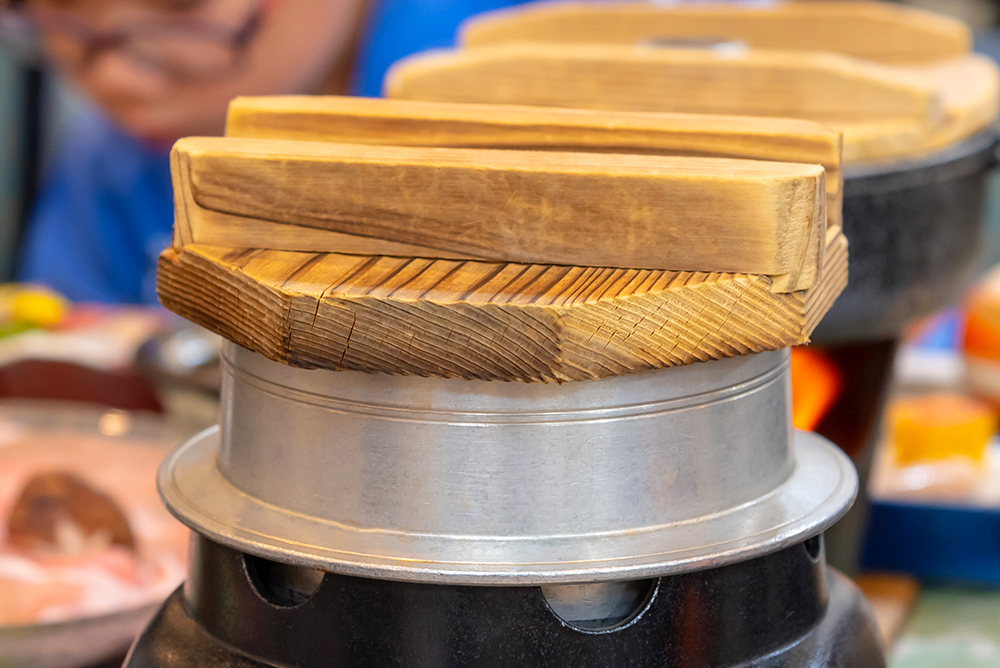
A traditional wooden lid for steaming or simmering liquids. Instead of a full cover for your pot, this drop-lid holds down the steam and evens the heat when cooking. There are also stainless steel versions with holes to let your dish ‘breathe’.
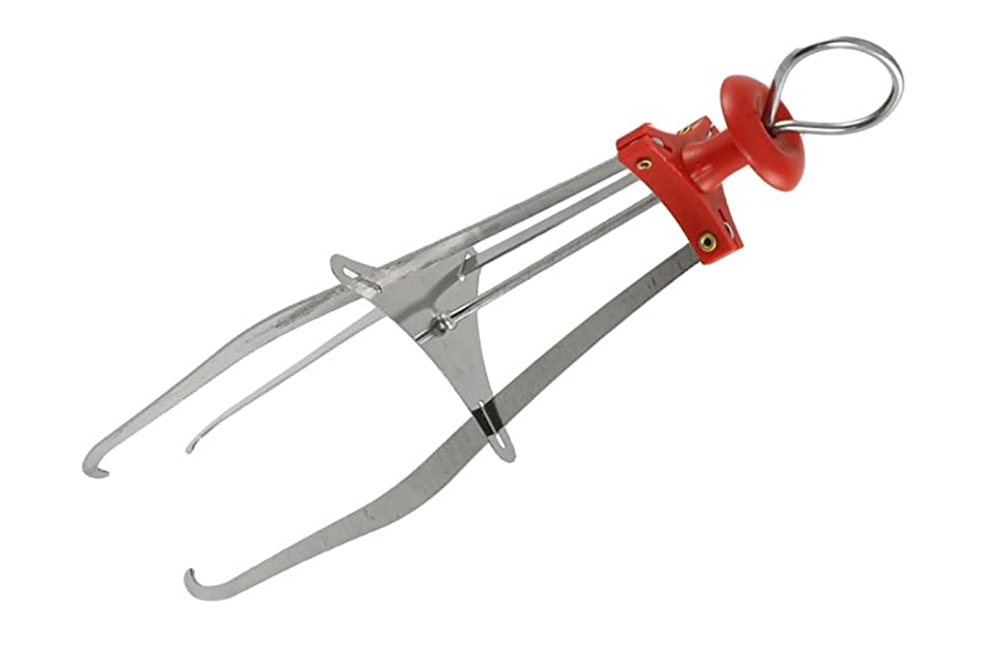
Another super handy tool for steaming, this simple ‘claw’ lets you grab your plated or bowled dishes from the high heat. That’s it. No more scathing your hands and fingers!
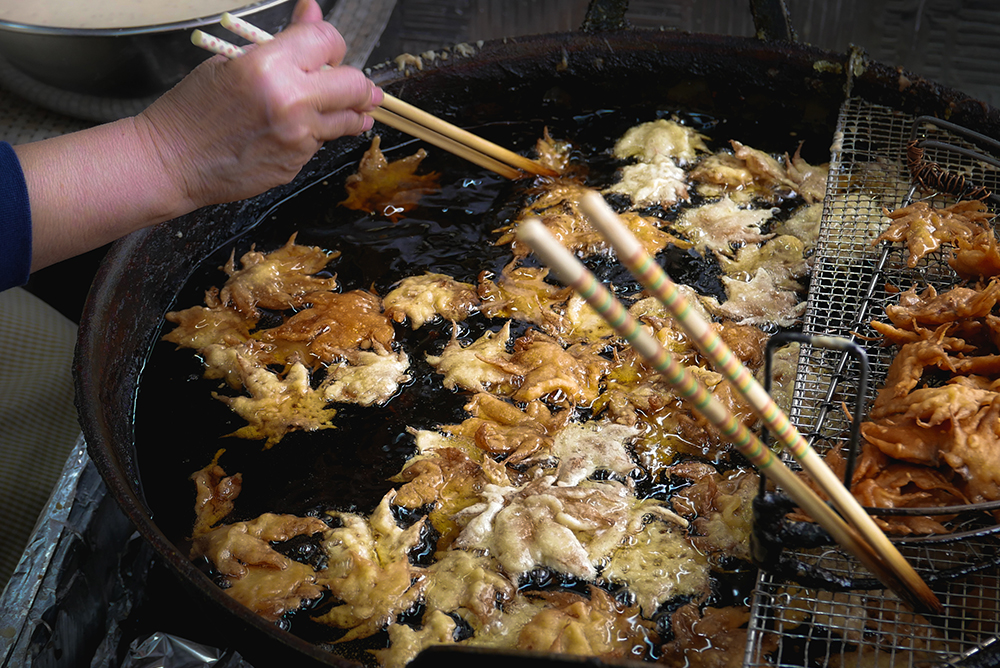
Long bamboo or wooden Japanese chopsticks, specially made for any kind of cooking – to stir ingredients for pan-fries, soups, hotpot, to pick cooked food from deep-fries, or even for grills.
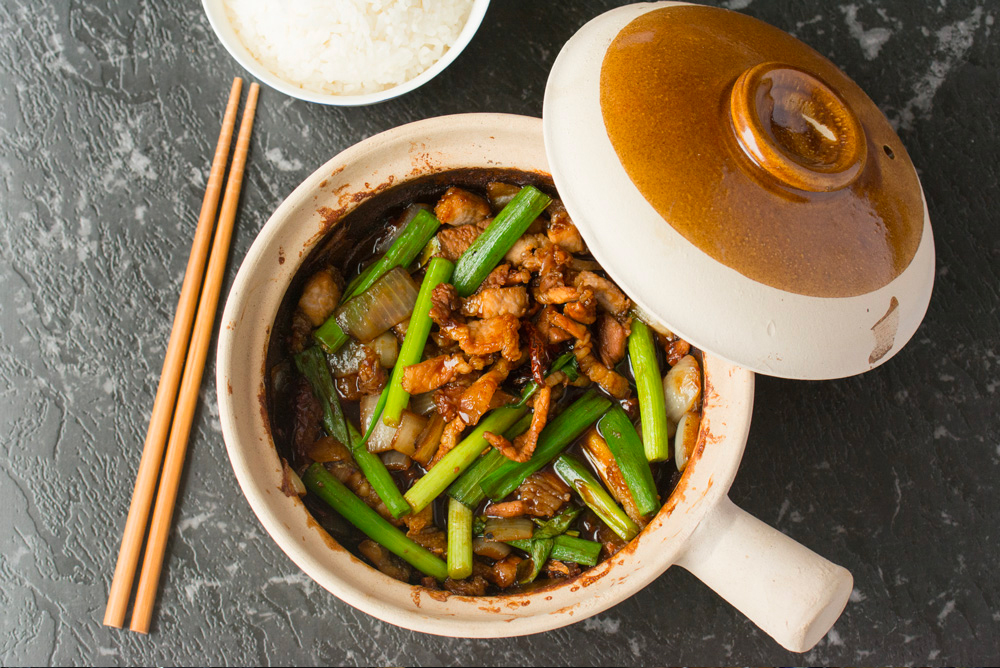
Earthenware pots for slow-cooking rice, soups, stews and braised dishes. Commonly used in Chinese, Korean and Japanese cooking. The thick material traps the steam within to cook. The Chinese version has a fat, thick handle, available in large or small sizes depending on the cooking portion. The Japanese Donabe is smaller with two handles at the sides, while the Korean Ddukbaegi is thicker, without handles, and usually black. Both are used to cook and serve soups in single portions.
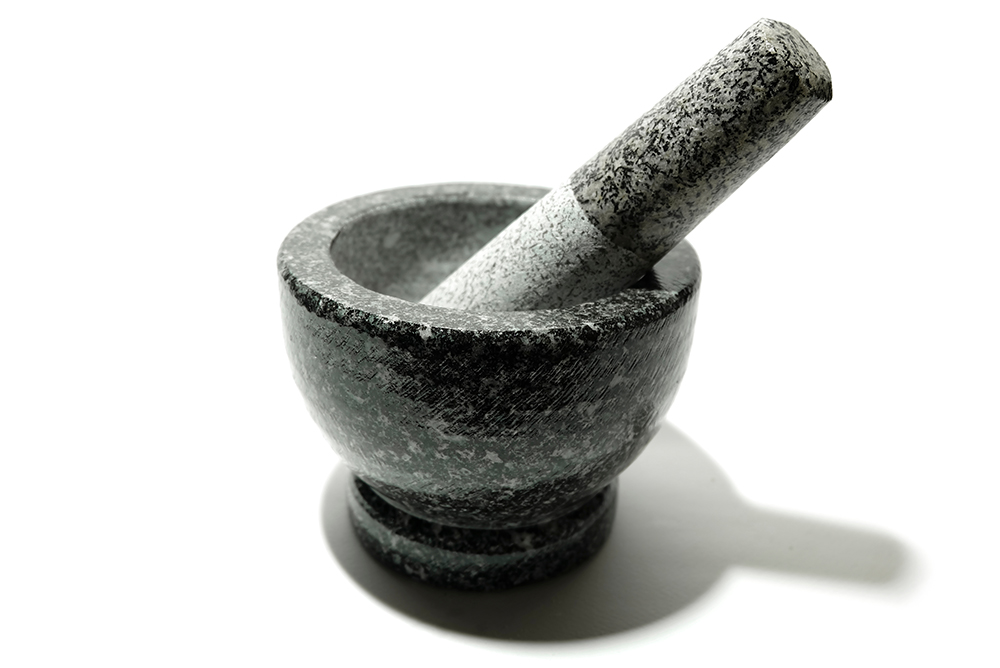
Need to crush, grind and mix your spices? Pestle & mortar are the best tool-set to make any kind of sauce or paste for Asian recipes, without a blender. The stone types are probably the most common for their durability and hardness. But there’s also the wooden type for Thai cooking, especially for Som Tum as the flavouring herbs and spices are prepped in small amounts. The Japanese have a mixed-made version as well – a pottery mortar called Suribachi, and its wooden pestle, Surikogi, used to crush sesame seeds and other ingredients.

This one’s more specific than the others: a square-shaped pan to make Japanese rolled omelettes, called Tamagoyaki. First, coat the pan with a layer of oil, heat it up, then crack and cover your eggs over the whole pan. Cook till the eggs boil into a sheet, and fold it into a roll, then cut and serve. Check out this vid for an easy demo!

Lighten your mood and rejuvenate your senses with 6 must-try Malaysian drinks!

Pair your hearty barbecues with these refreshing Asian delights!

What are the properties of ginger, and how to pick, store and use ginger in your cooking? Find out here!